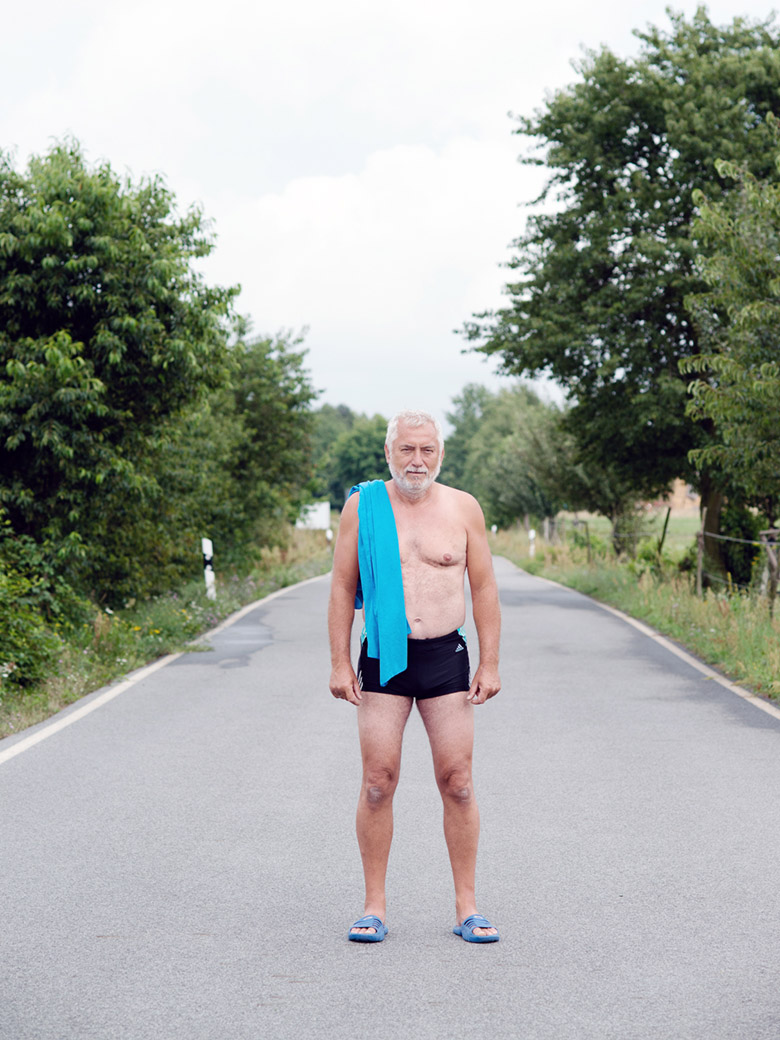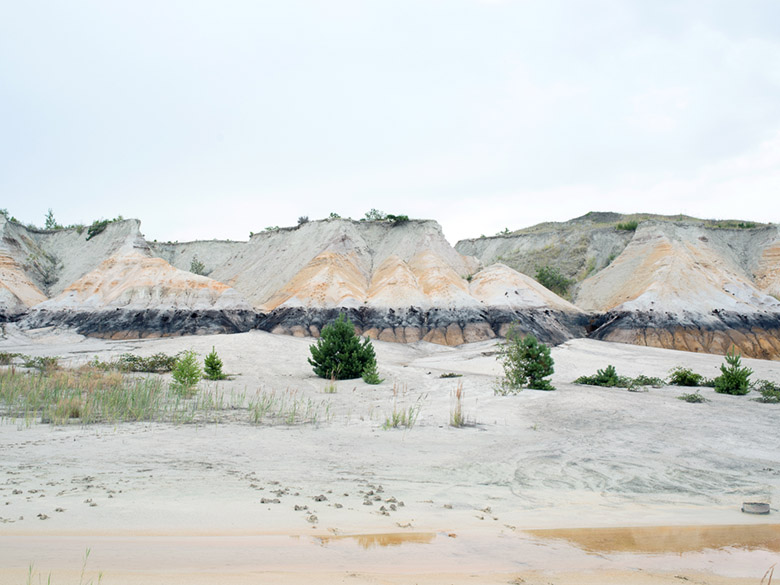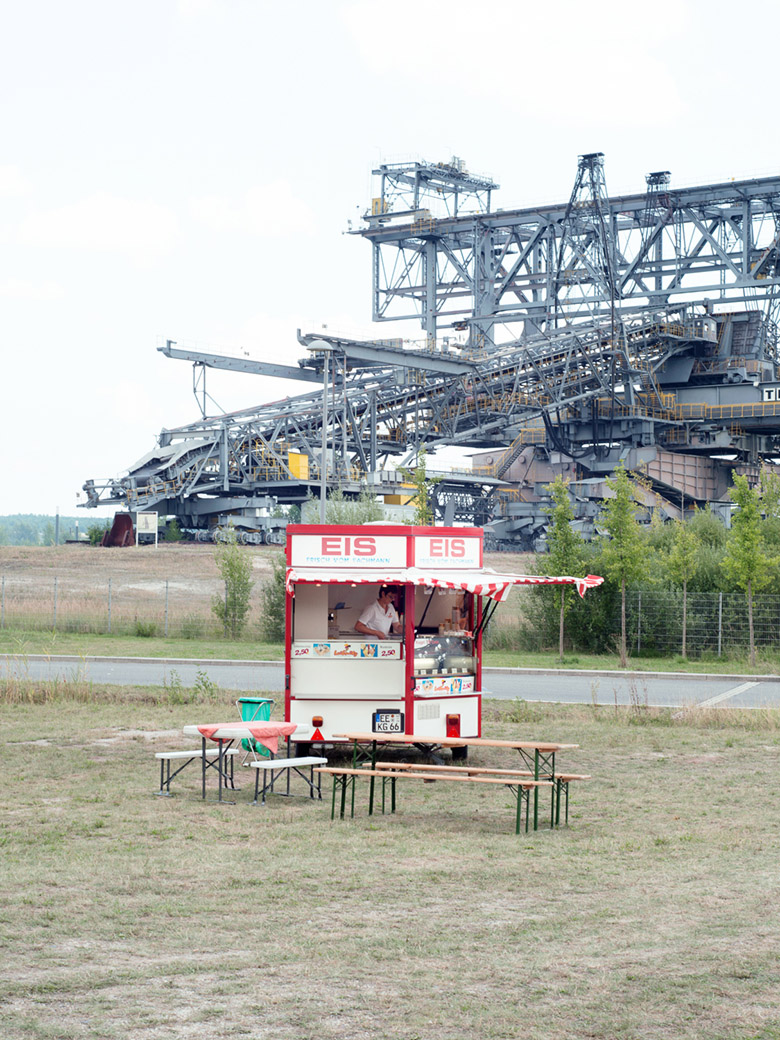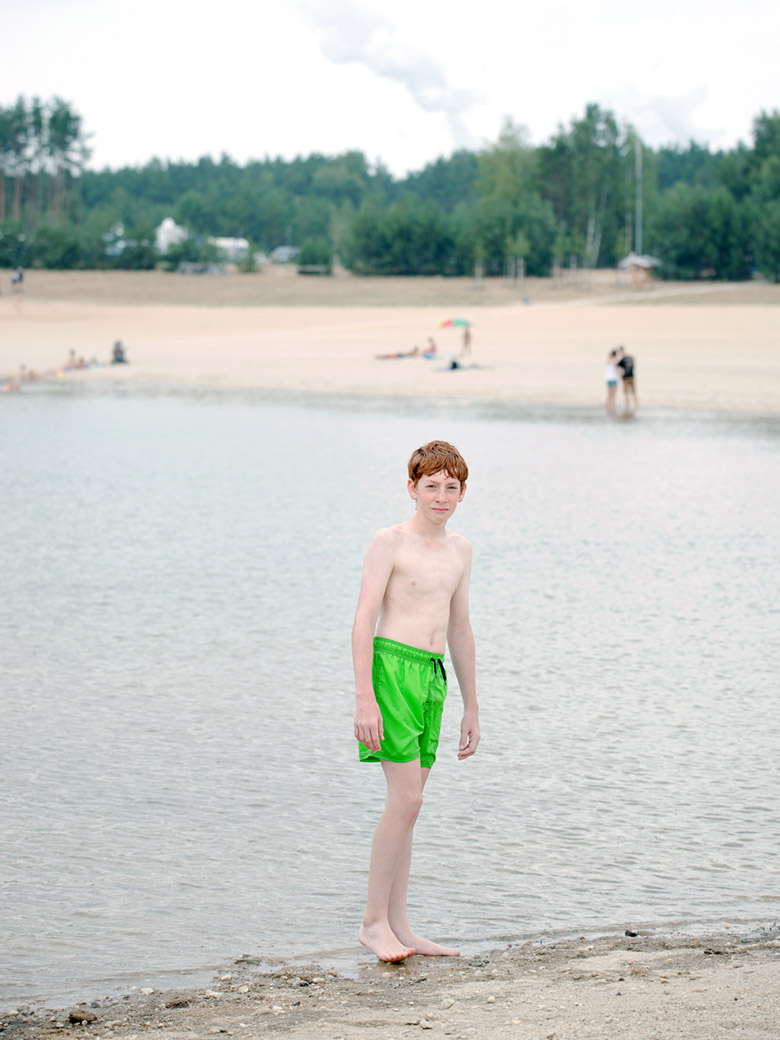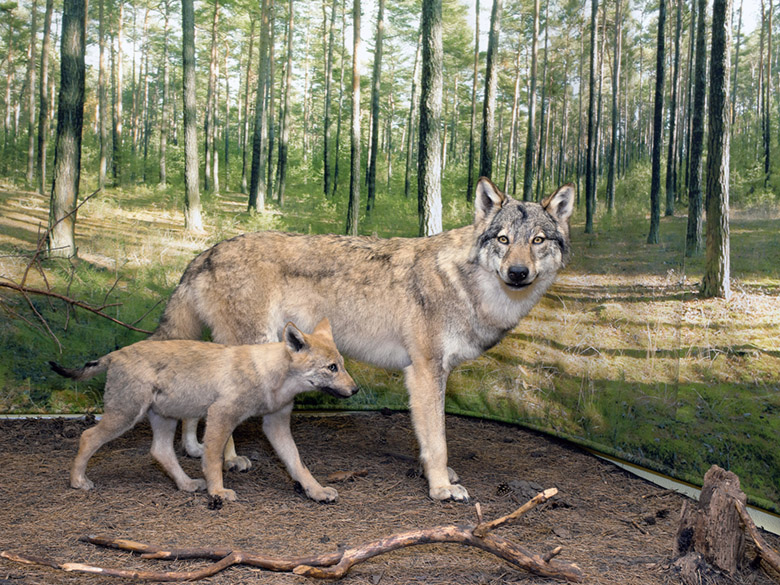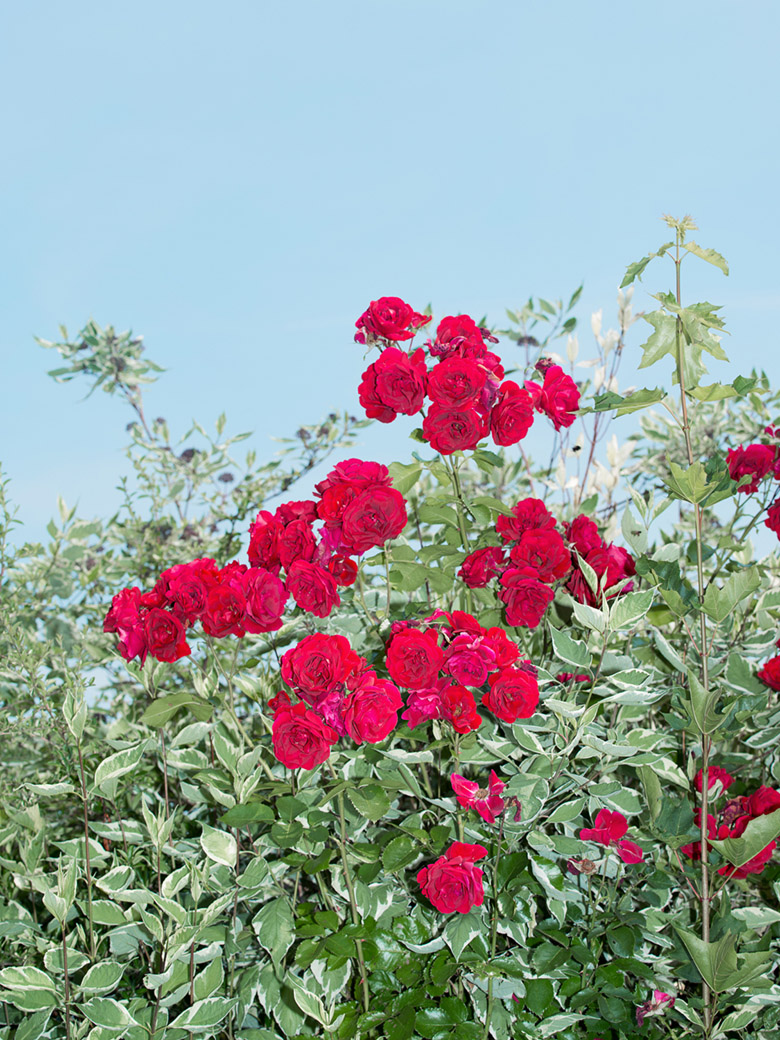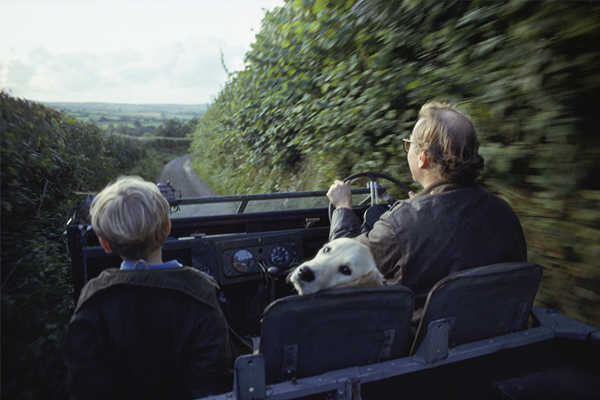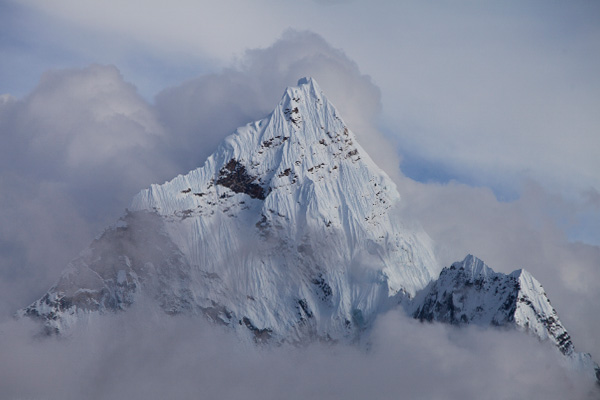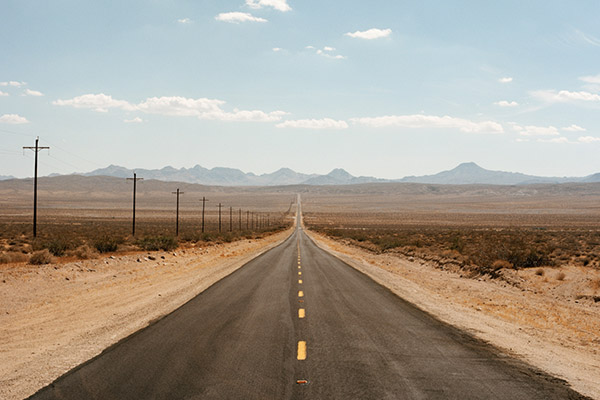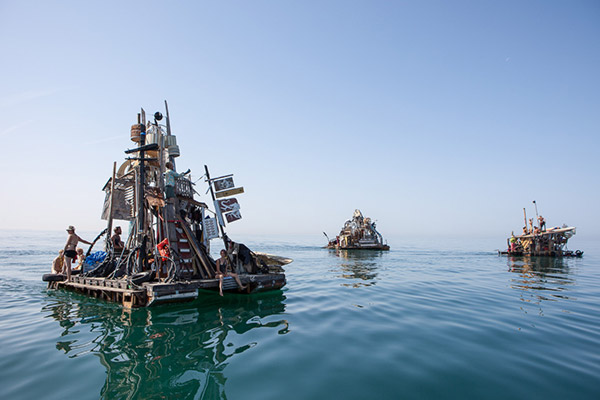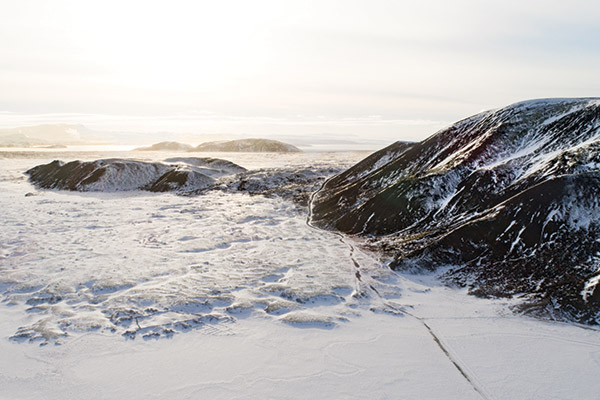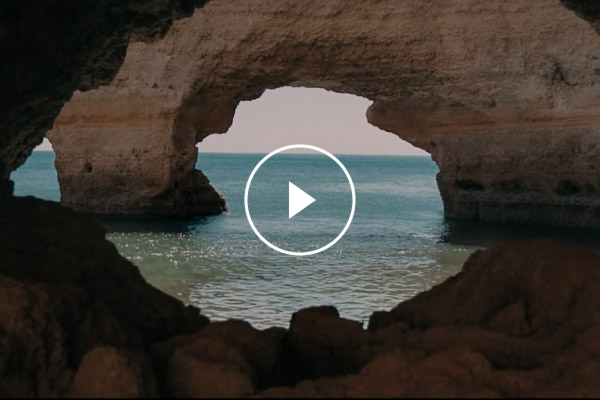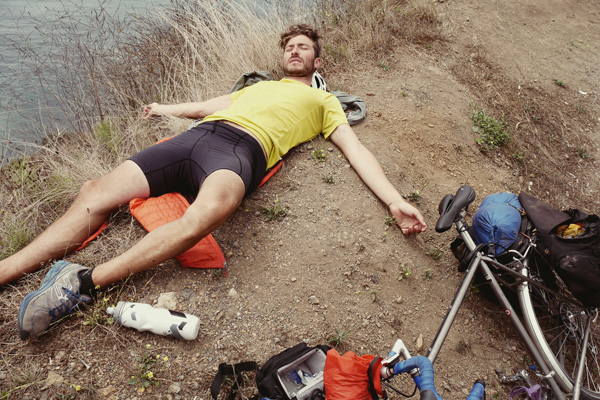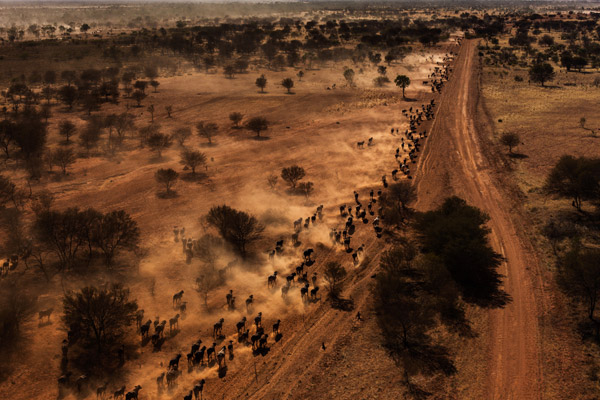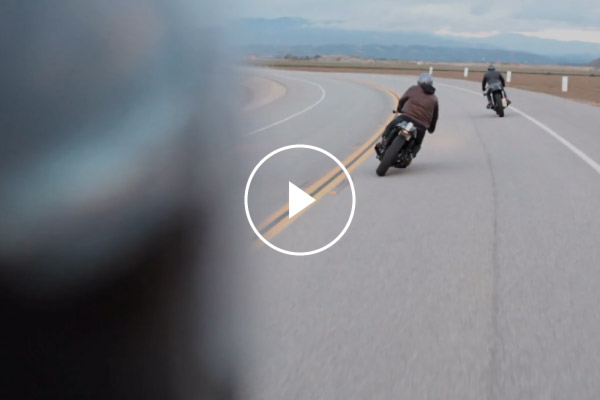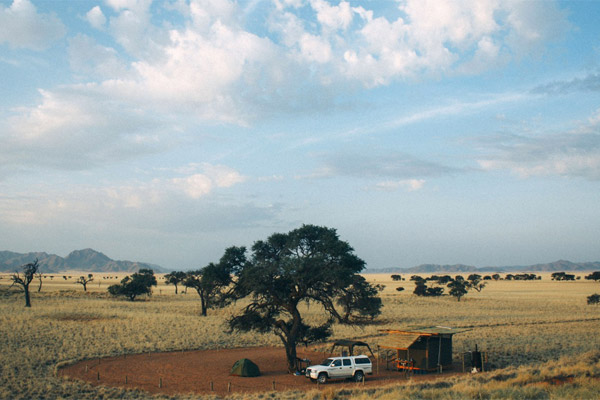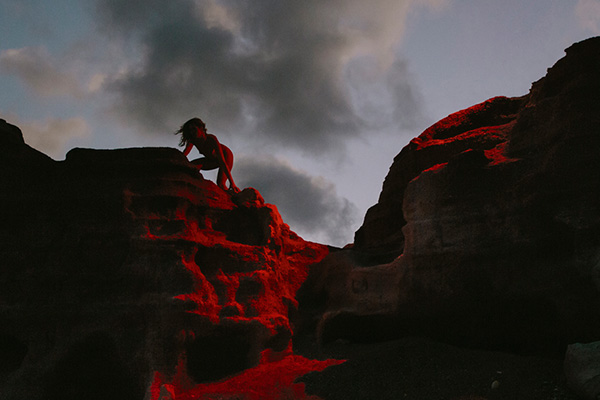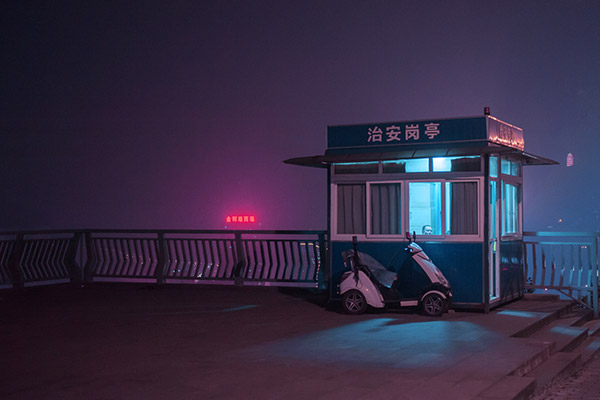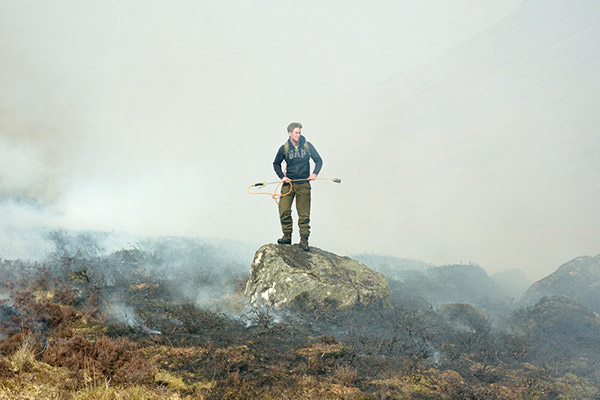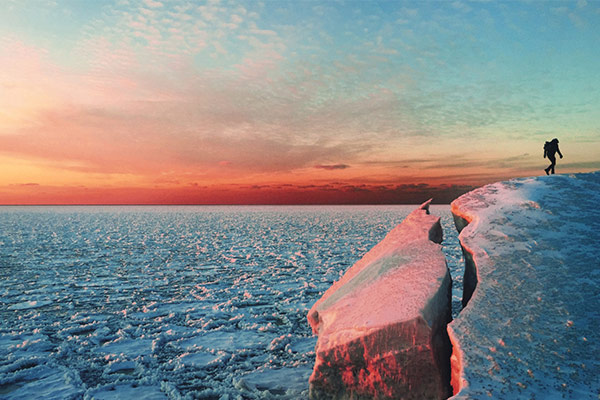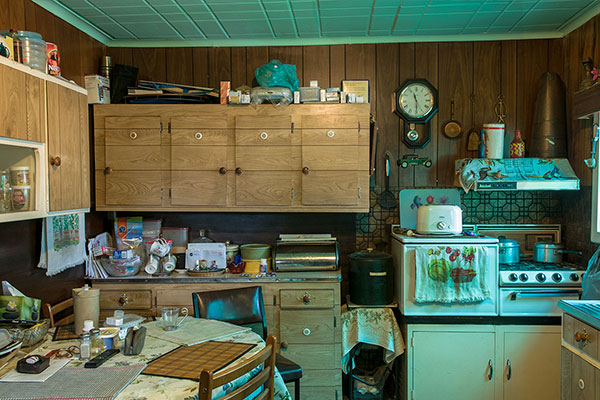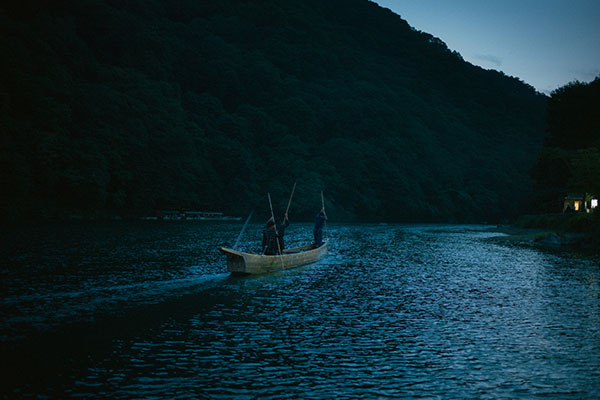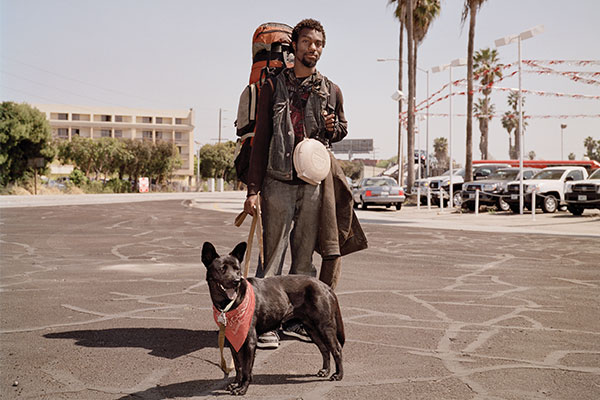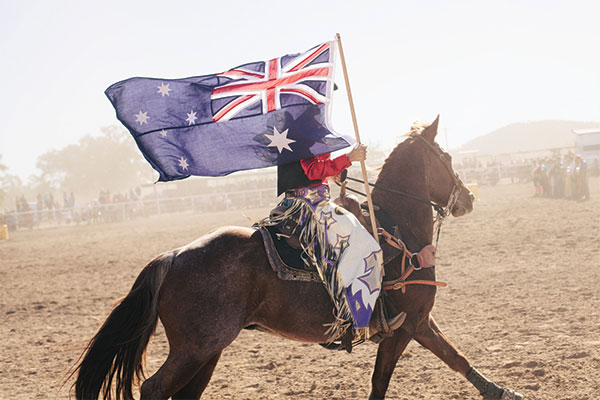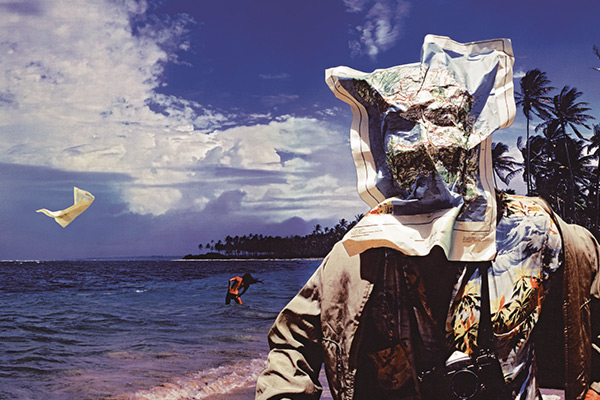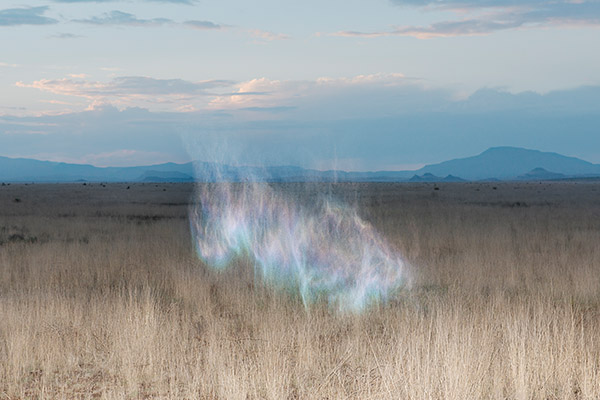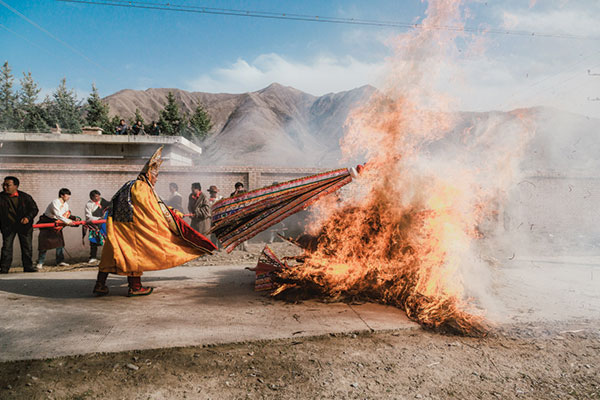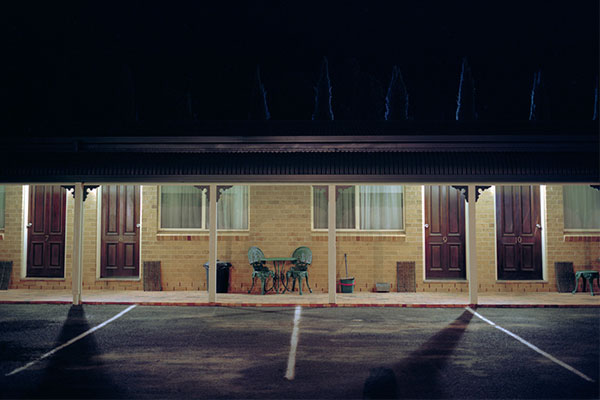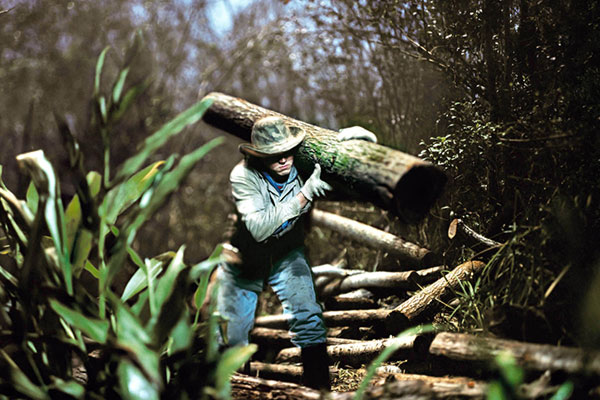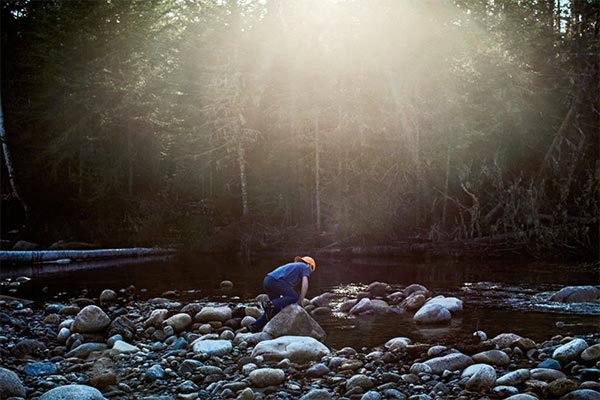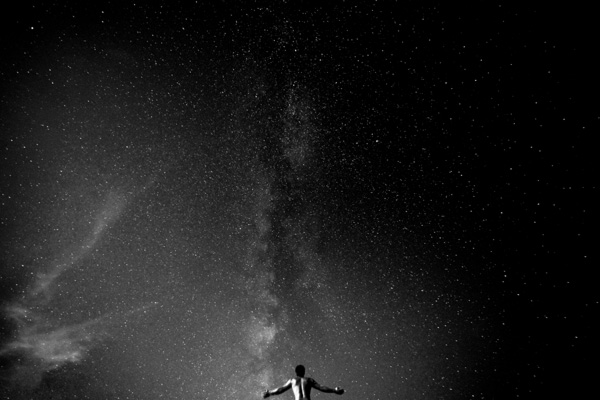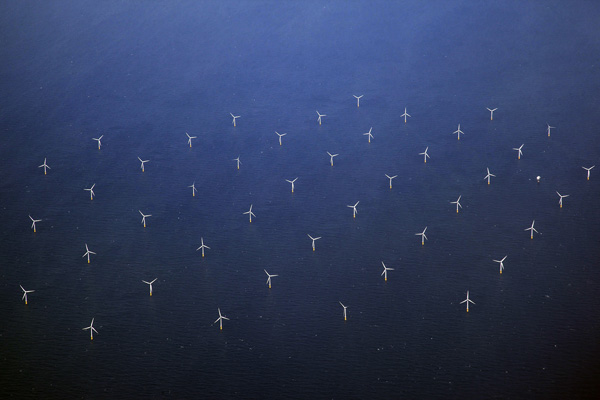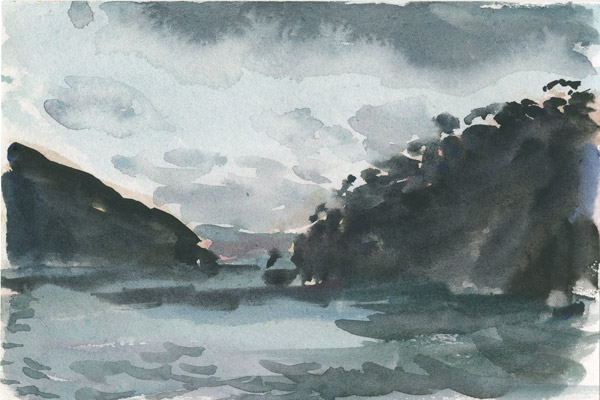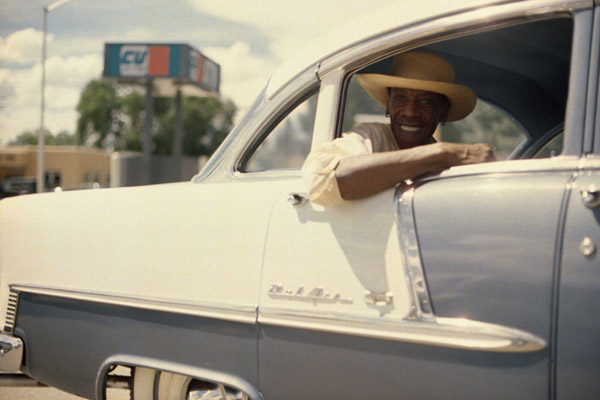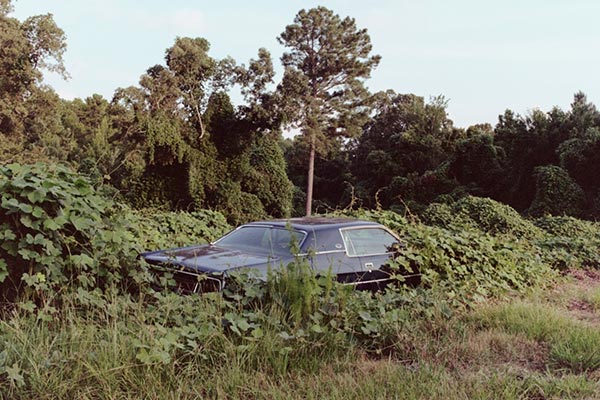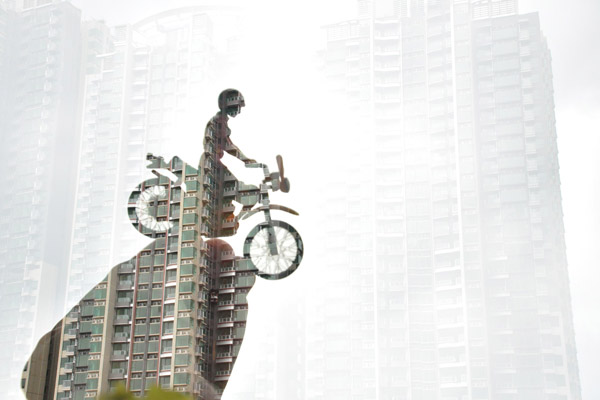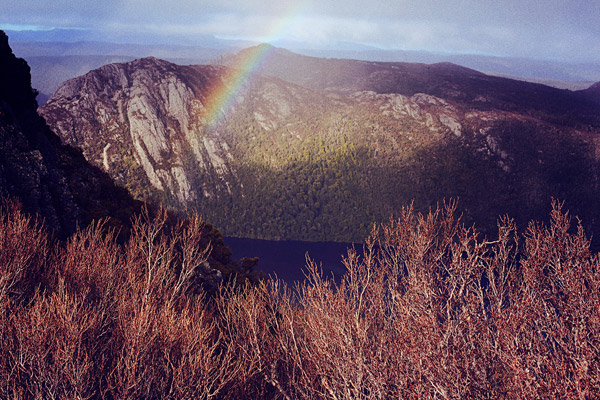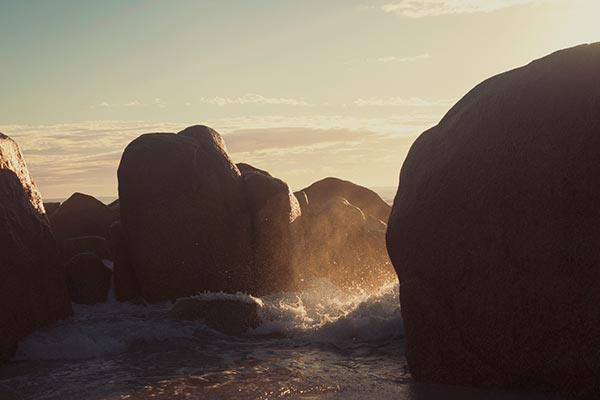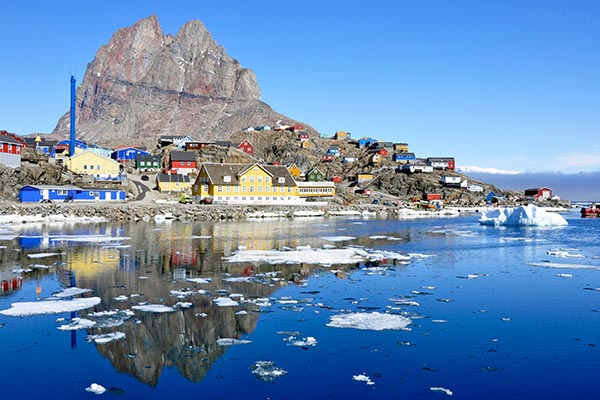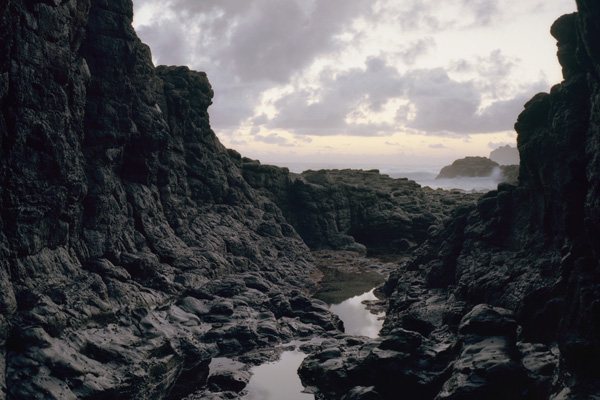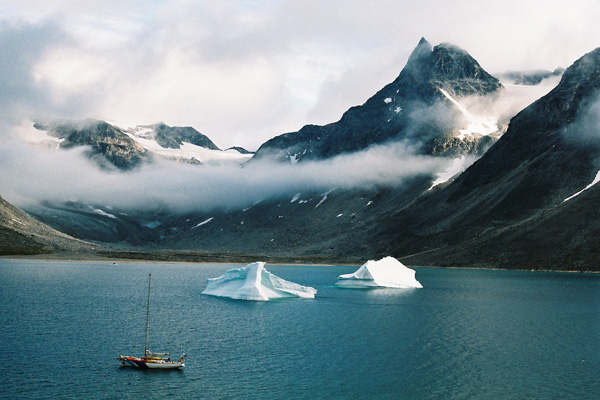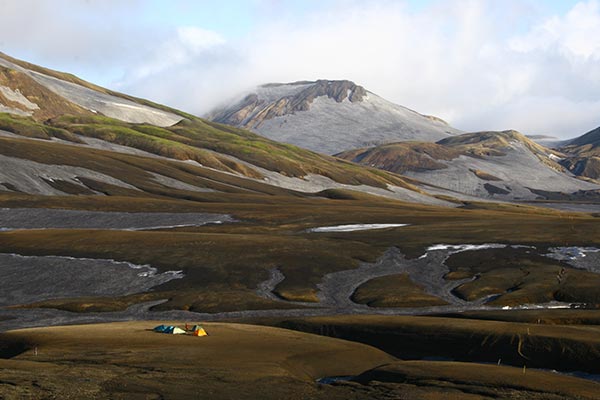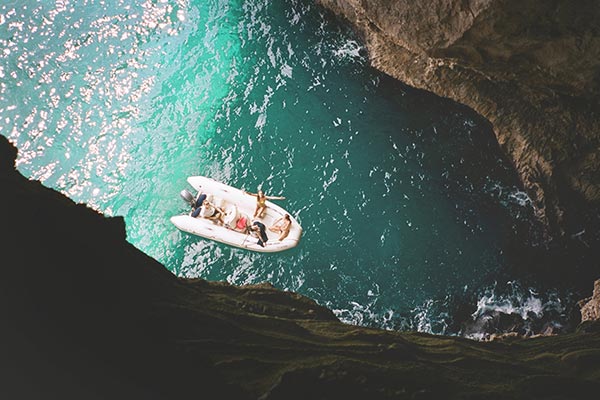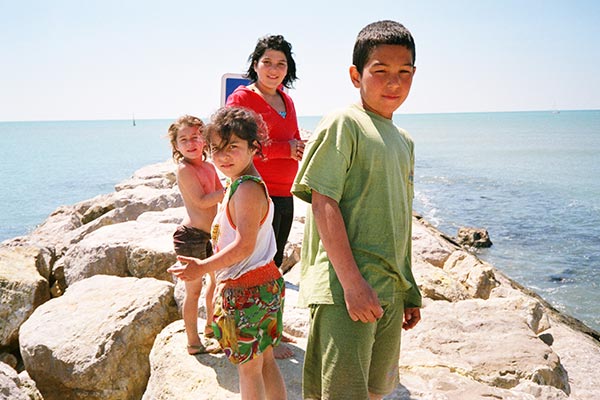This is the story of Lusatia. For 150 years, the East German landscape was a polluted wasteland. Deep mines scarred the earth, swallowing villages in their path. Eventually the mines closed, leaving huge expanses of damaged and empty land. Around 15 years ago a group of architects and urban designers set out to transform the area into usable, productive land, and soon it will be the biggest artificial lakes district in Europe. A tourist hub for European residents like nowhere else in the world, the Lusatian Lakes District drew the interest of German (now London based) photographer Freya Najade.
We were lucky enough to catch her one recent London morning to chat about the creation of her series Jazorina, what draws her to projects, and finding interesting stories in your own backyard.
In the past the air quality was very bad. There was this saying that if you put a white shirt out in the garden to dry when you came out it would be grey or black.
What inspired you to travel to the Lusatia Lakes District initially?
People recommended I go there; in general it has quite an interesting landscape. Then I started researching and I thought it sounds really interesting how humans want to change the landscape of the region, especially to create such a contrary image. I went there one summer to visit for a few days to just take a look and I took my camera with me. I actually stayed longer than I initially planned that year and then I returned two more summers to document.
Visually it’s so striking to see people holidaying in front of all these mines in their swim shorts.
From a perspective of a photographer, visually, it’s very arresting. Content wise, if you think about what’s happening there, in a way it’s the third ecosystem or social landscape that’s existed there. In the beginning there was forest and marshes, then people created the mines and the whole character of the region changed. Over the last 150 years the mines ate a lot of villages there. Again now to change the landscape and say we’re not a mining region any more, we’re Europe’s biggest artificial Lakes District. I think the idea of humans overpowering nature is very interesting. There’s also this aspect that the people who created this lakes district didn’t try to hide their past, they’ve incorporated its industrial history into the image of the district. You can come to swim in the lakes, but you can also visit an active power plant or mines, because there is still industry happening there right now. People were proud of their past and it’s incorporated into the image of the district.
How did the local residents react to their countryside being turned into a tourist area?
At the beginning people were sceptical to how that landscape could become a tourist area, but by now they are quite proud. They definitely like the change, it’s much nicer to have a lake and bike paths in front of your house than a mine. Having said that, from the people I spoke to they are also very proud of their past. Miners are very proud people and in that sense it works in combination. People were proud to be working in a mine.
The structure change for the region is great but only 5-10% of people will be able to work in tourism in the area. Even though it’s such a huge project, the industry that used to be there was a much bigger employer and tourism will never be able to replace all those jobs.
Do you think Lusatia is a viable blueprint for other places looking to reclaim mined areas?
There’s another area not far from there that is also being transformed but not on such a big scale. In general, because when the mines are done you are left with these mine pits and eventually over time they will fill with water, so if you leave those mine pits over 50-100 years you will have those lakes anyway. They are just speeding up the process by filling it artificially and cleaning the water, but the speeding up process is very expensive so they are creating the tourist infrastructure. The enormous size of the lakes district compared to other areas where it’s just the filling in of one mine is what makes this area so special.
What’s the air quality like now if there are still mines operating in the area?
There used to around 20 mines and now there are 3. It’s definitely a huge change. Also the technology has advanced so much, power plants used to pollute the surrounding area much more than today. In the past the air quality was very bad. There was this saying that if you put a white shirt out in the garden to dry when you came out it would be grey or black. Also in Germany, when I told my parents I was going to Lusatia they were saying ‘There?! Why go there?’ In the mind of my parents generation it still has the stigma of this highly polluted, industrialised are.
What did you find was the main motivation behind the creation of the Lake District?
It first started with a project called International Architecture Exhibition (Internationale Bauausstellung– IBA), which is a German exhibition for Urban Engineering and Architecture. Between 2000-2010 this exhibition took place in Lusatia. They came up with this idea to transform this area into a lake district, making sure to incorporate the area’s past in the thirty projects they created there. They came up with the plan for how to transform the area, so their drive was very much from an architecture perspective. In Germany, by law these types of areas have to be converted or remade into usable land again.
In a way it’s the third ecosystem or social landscape that’s existed there. In the beginning there was forest and marshes, then people created the mines and the whole character of the region changed.
They’re not making too much money from it. The structure change for the region is great but only 5-10% of people will be able to work in tourism in the area. Even though it’s such a huge project, the industry that used to be there was a much bigger employer and tourism will never be able to replace all those jobs.
In a way I was surprised that the creation of this lakes district will not solve all of the problems. There are still a lot of people who won’t find work. Many people said to me ‘well it’s really nice but my son won’t find work’. A lot of the older generation are quite sad that their families have been split apart because their children have had to move away to find work.
Is travel an integral part of your process as a photographer?
To travel to do projects can make it easier because it’s away from everything so you only have time to work on the project, and the time pressure makes you go work. In the past I was definitely more drawn to it, but with my latest series Along the Hackney Canal I’ve found it invaluable to have the chance to revisit the project as much as I want. It’s easier to get distracted but it can be more fluid, so there are positives and down sides to both. Interesting work can arise when you look more closely at where you live. I recently got a dog, we go for walks along the canal.
Interview by Megan Keene for AHB
Receive a postcard from us sign up





